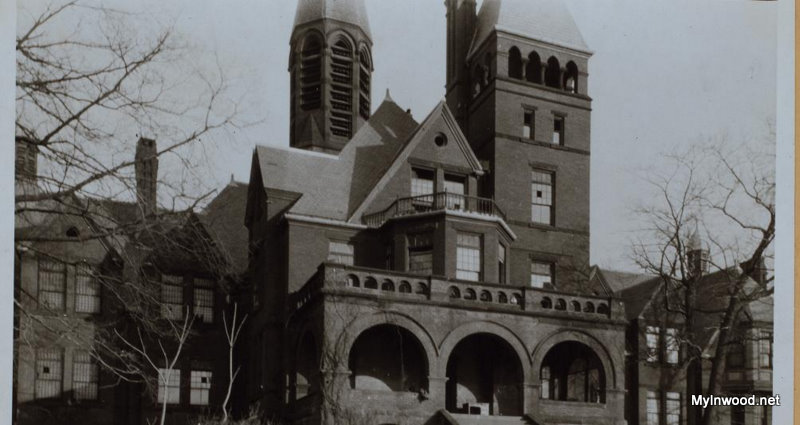
A century ago asylums and institutions lined the ridge of Inwood Hill. Inside these fortress-like structures, all demolished by Robert Moses in the 1930’s, tortured, long-dead souls were kept under lock and key. Some were criminals, some were inebriates and drug addicts, others had the mere misfortune of suffering from tuberculosis. All were outcasts, banished to the northernmost reach of Manhattan, decades before Inwood Hill would be named a park.
More than 100 years later some say the shrieks and wails of these wretched and forgotten souls still reverberate through the park.
While nary a remnant of these asylums exists today, their legacy of suffering is legendary.
So take a trip, if you dare, to another time, another Inwood, where bad things go bump in the night.

The House of Mercy: The granddaddy of our Institutional tour, where young girls, inebriates and ladies of ill-repute endured cold nights on the windswept hill on strict diets of bread, molasses and water.

The House of Rest for Consumptives: Treatment for Tuberculosis patients was nonexistent near the turn of the century and this fabled institution represented the end of the line for those who entered.

The Magdalen Asylum: This frightening home for wayward young women changed its name to Inwood House after several girls fell victim to mercury poisoning while under the doctor’s care.









